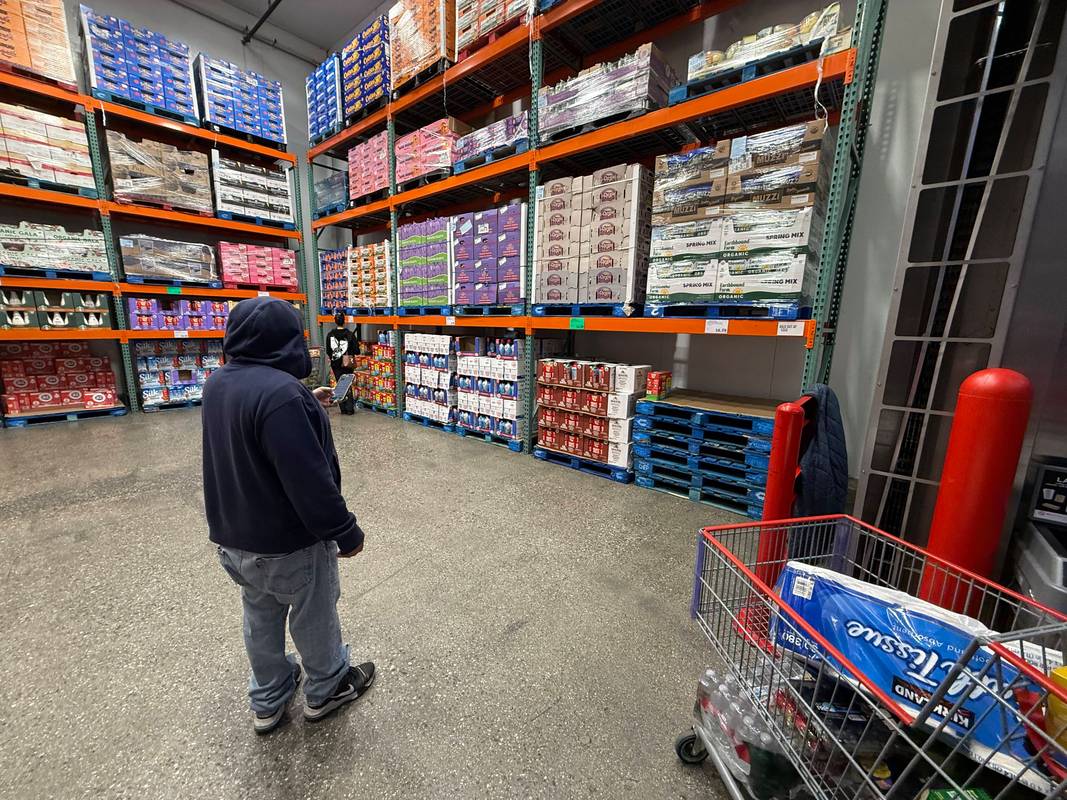
Recently, US President Trump signed an executive order to modify the "reciprocal tariff" rate plan for goods exported to the United States from dozens of US trading partners. The new tariff rates range from 10% to 41%. This move was like a huge rock thrown into a calm lake, causing ripples in the international business field, and the US retail industry was the first to be hit, falling into a complex predicament.
From the perspective of market performance, a series of strange phenomena have emerged in the US retail industry. Companies such as Adidas and Procter & Gamble have clearly stated that due to the increase in tariff costs, they plan to raise or have already raised the prices of goods in the US market. Take Procter & Gamble as an example. To cope with the $1 billion cost increase caused by tariffs, it announced that it would raise the prices of household goods in the US market by about 5% this year. This price adjustment will affect about a quarter of its products in the US market. Meanwhile, the prices of the same products in other regions around the world remained stable. This disparity not only enables American consumers to truly feel the increase in living costs, but also puts American retailers at a disadvantage in market competition.
To hedge against rising costs, American retailers have urgently stockpiled large quantities of goods. According to the US Public Broadcasting Service, the US retailer Best Buy has purchased a large number of electronic products from Asia. A fireworks company in Ohio has stockpiled a large quantity of fireworks products made in China. This stockpiling trend has even pushed up storage costs in the United States. However, stockpiling is not a long-term solution. Merchants dare not raise prices significantly because once the prices are too high, consumers will reduce their purchases. Bobby, an American business owner selling air fryers and waffle machines, said that on the basis of stockpiling goods, he raised the prices of his products by about 10%, and the rest of the costs could only be absorbed by himself. "It's simply impossible to pass on all the costs. If the prices are too high, consumers won't buy them."
The impact of the new tariff measures on the US retail industry is multi-faceted and far-reaching. In terms of cost, tariffs directly push up import costs. To avoid higher tariffs, enterprises stockpile goods, further increasing storage costs and capital occupation. On the demand side, if the cost of tariffs is passed on to consumers through price adjustments, it will inevitably curb the already fragile consumer demand. Profit margins have also been continuously compressed. The limited increase in selling prices and the continuous rise in costs have made the operation of retail enterprises increasingly difficult. NBC's tracking data shows that since March 2nd this year, the prices of about 29% of goods have risen, with an average increase of nearly 6%. The goods that have seen price hikes cover a wide range of categories, including dishwashers, toasters, jewelry, smart phones, and running shoes. The BBC reported that tariffs have put pressure on major supermarkets and department stores in the United States. American consumers often go to these places to buy affordable clothing and food. Now the prices of these affordable goods have risen, and the burden on low-income families is particularly heavy.
For the future trend of the retail industry, large-scale stockpiling by retailers can only relieve pressure in the short term. Once the inventory is exhausted, the prices of goods will inevitably rise. NBC reported that food companies such as Hershey and Mondelez International have clearly stated that price adjustments will soon be reflected on the shelves, which means that the prices of many goods that American consumers purchase daily are just around the corner. The Guardian of the UK analyzed that the buffering effect of hoarding is only temporary. When enterprises deplete the inventory they have reserved in advance, a price increase is inevitable.
From a macroeconomic perspective, the impact of the new US tariff measures on the retail industry not only affects the survival and development of retail enterprises, consumers' living costs and purchasing choices, but may also drag down the overall economic growth of the United States. The suppression of enterprises' investment willingness and the decline in consumers' willingness to spend undoubtedly pose a huge challenge for the United States, where consumption is an important driver of economic growth. In the current era of global economic integration, the unilateral tariff policy of the United States has also disrupted the international trade order and raised concerns in the global market about the rise of trade protectionism.

The global electric vehicle market in 2025 is experiencing intense turbulence. Tesla, once a disruptor that reshaped the industry landscape, is now mired in an unprecedented sales crisis.
The global electric vehicle market in 2025 is experiencing …
Recently, Chinese telecom companies Huawei and ZTE signed a…
Recently, according to Xinhua News Agency, Israel's air str…
A strongly worded report from the Equality Trust argues tha…
On November 27, 2025, Alibaba officially entered the global…
The focus of the global financial market in 2025 has always…